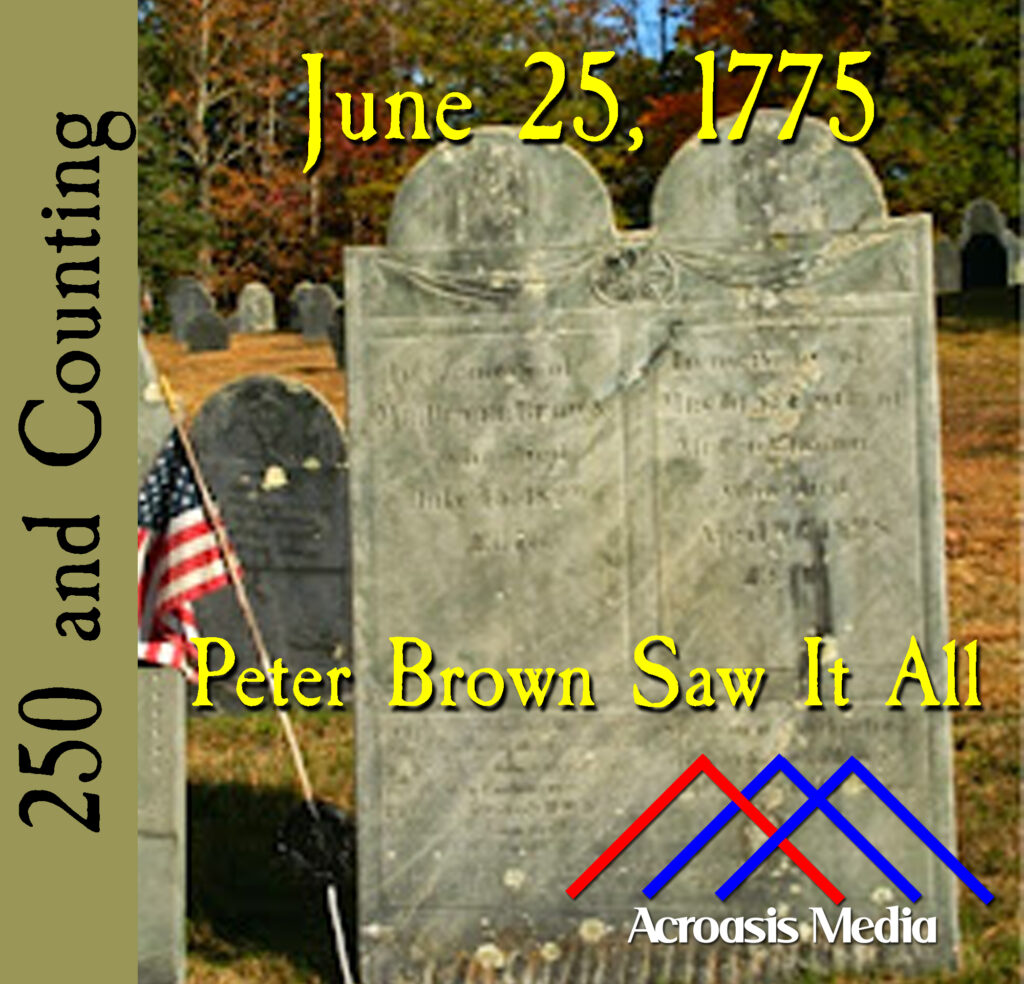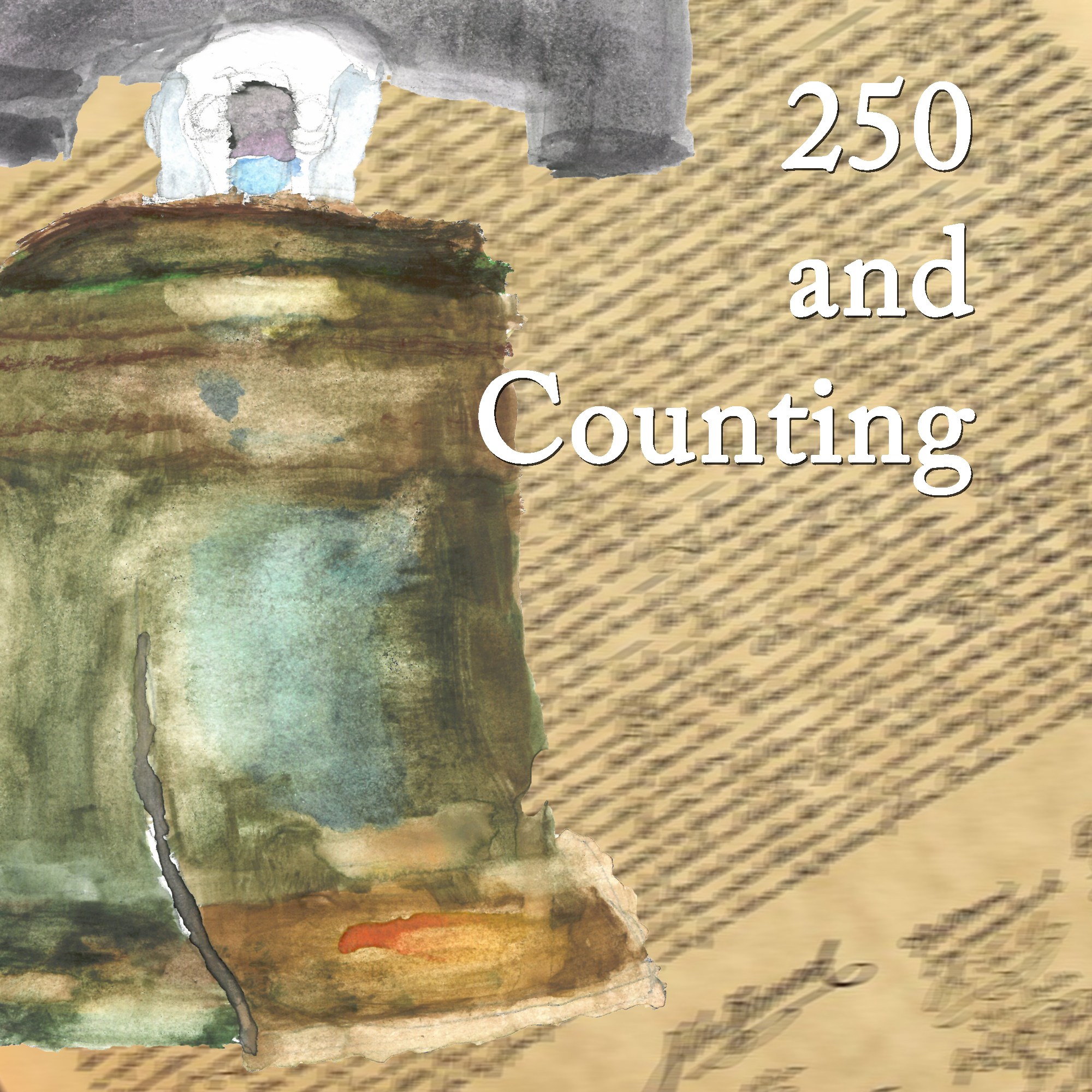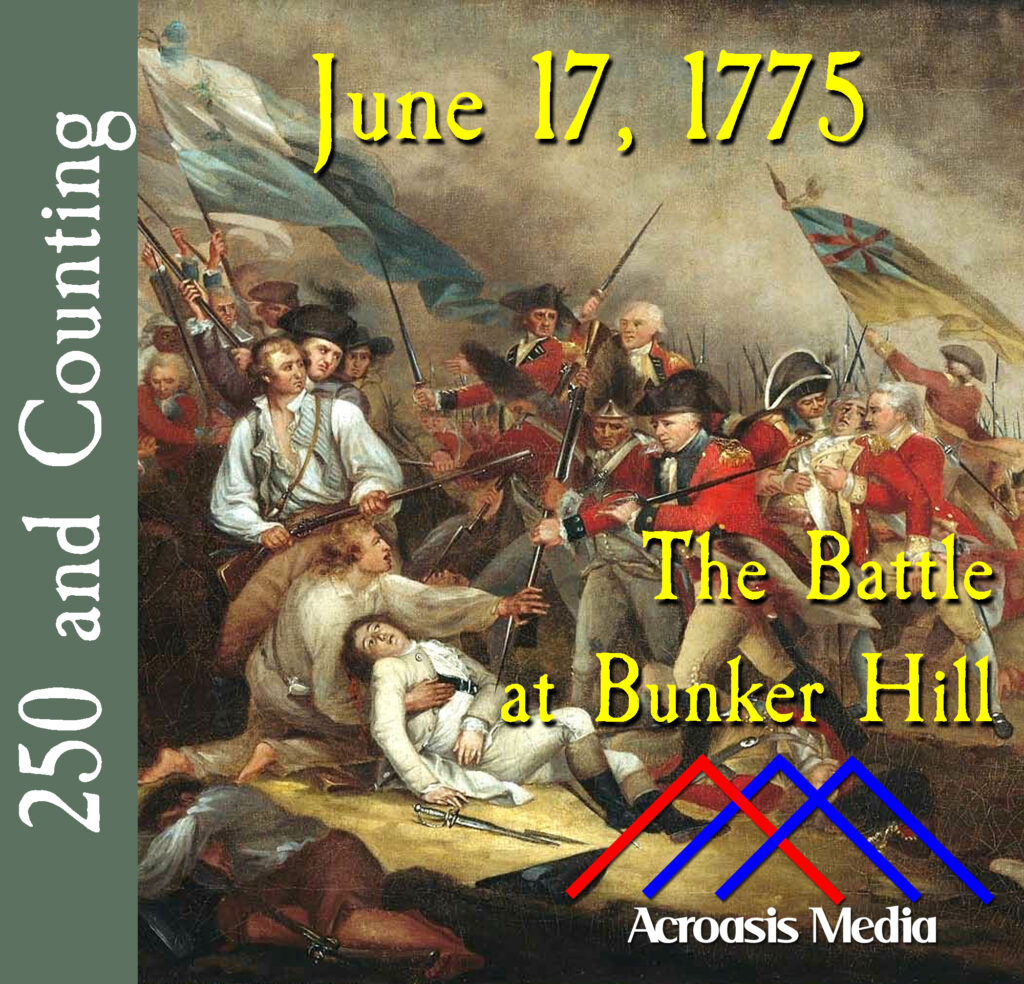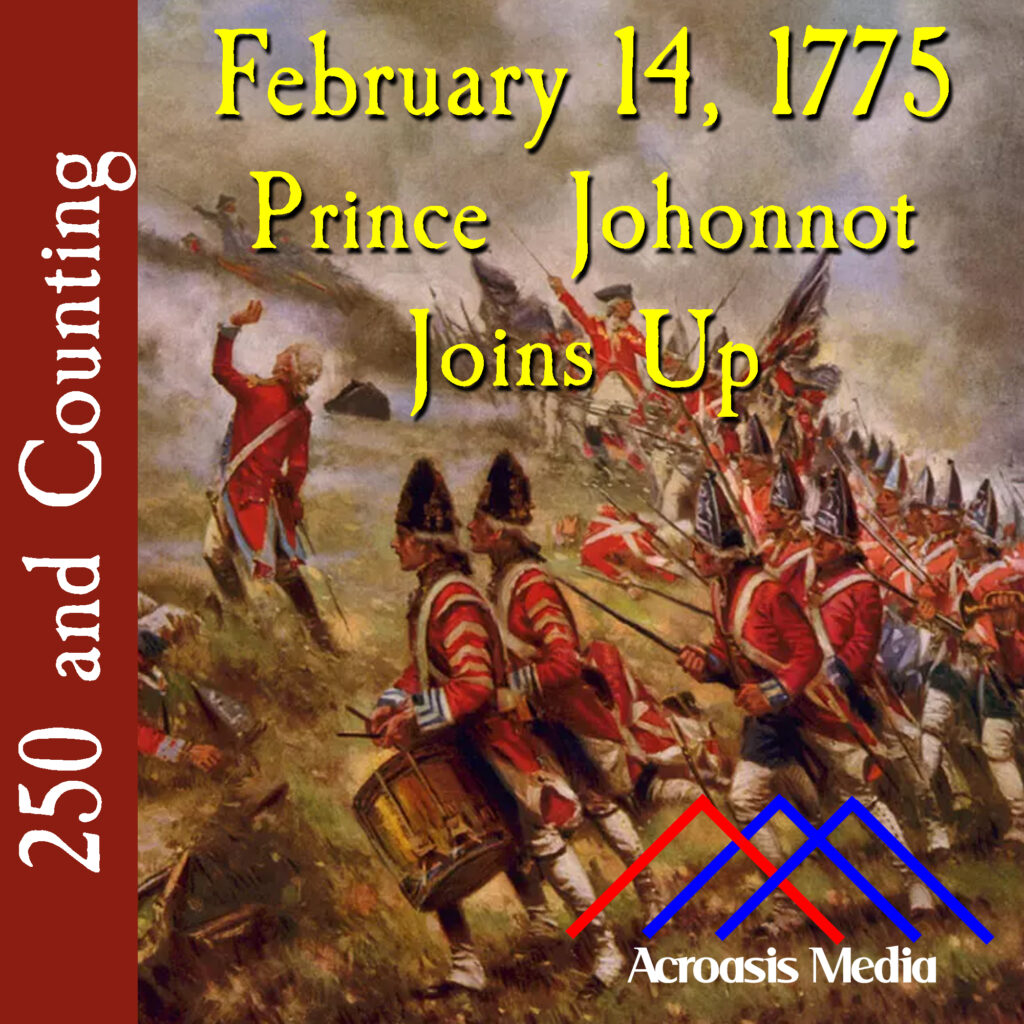
There are lots of times when historians have to pull a lot of small pieces together to get a decent picture of events. They use oddball clues such as artifacts in paintings to determine someone’s state of health, for instance. They have to take into account that published reports could be propaganda in nature.
But once in a while, something turns up that was written more or less at the time it happened, and what’s more it was written by someone who doesn’t necessarily have an agenda.
And in this case, nobody even knew it existed until a hundred years later. Exactly a hundred years later, in fact. A young soldier named Peter Brown wrote a letter to his mother just a few days after the Bunker Hill battle to tell her what happened. He spared few details and told a rather complete story of a couple of days’ worth of activity. And while he did mail the letter, and his mother did receive it, it mostly lay in family archives until 1875, when a descendant found it and realized that it might be important.
Podcast: Play in new window | Download | Embed
If you’re interested in seeing the letter itself, or reading a transcription, it’s available at the Massachusetts Historical Society’s website.



